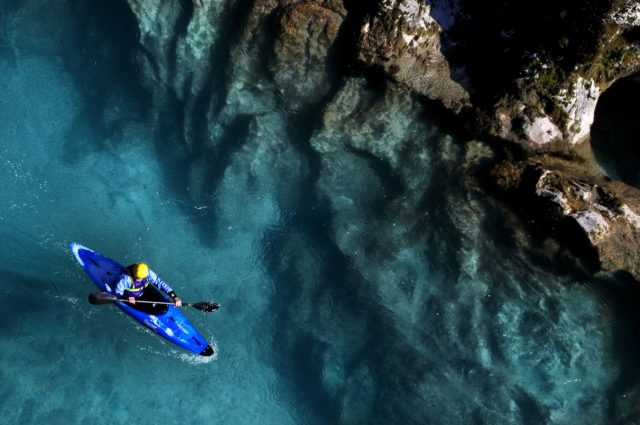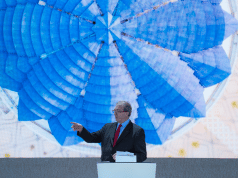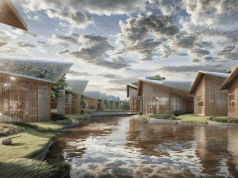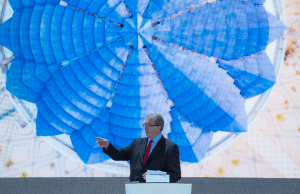
10 CONGRESS MYTHS YOU DIDN’T DARE TO ASK ABOUT, OR KNOW WHOM TO ASK
MYTH 1: The nature and the sustainable tourism offer go hand in hand.
CONFIRMED: Sustainable tourism is booming thanks to the unspoiled nature. In 2008 Soča Valley was chosen as the European Destinations of Excellence – EDEN Destination in Slovenia. The offer of green incentives is diverse as well as the offer of green accommodation. For example Kamp Koren was the first Slovene camp that in 2011 fulfilled the required criteria for the acquirement of the European Ecolabel for the environment-friendly camp.
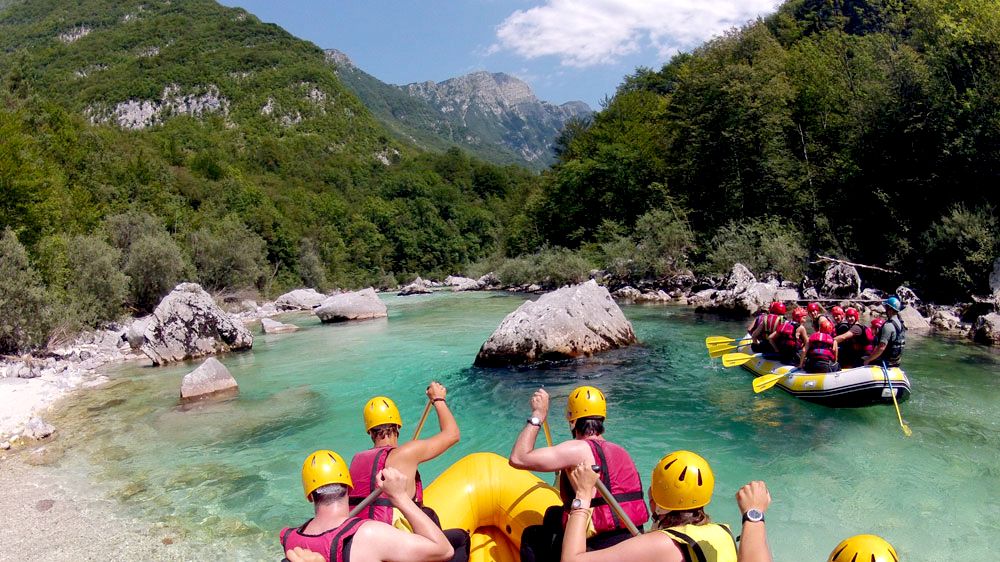
MYTH 2: Drinking water from Sopotnica stream in Soča Valley will keep you forever young.
BUSTED: The Count’s water spring is situated in the Sopotnica stream gorge above the village of Gabrje. According to local legend this water was drank by the Tolmin count who believed that the water would keep him forever young. The Count’s water will of course not keep you young forever, but it does have healing characteristics. It is clean and rich in minerals. It has a positive effect on the entire body. According to measurements using radiesthesia it is one of the best in the world. Not far from the spring there is a thick and vital tree, a mountain elm tree. The water from the spring runs underneath the tree, enriching it with energy. The elm tree with its positive energy affects all seven chakras.
MYTH 3: Some scenes for the film “The Chronicles Of Narnia: Prince Caspian” were filmed in Bovec.
CONFIRMED: Some scenes were indeed filmed at Soča River in Bovec. Although the filmmakers searched for locations all around Europe, the Soča River and its surroundings proved to be some of the most memorable. To enable the perfect shot and allow the building of the bridge which was based on the one built by Julius Caesar to cross the Rhine, Soča was temporarily diverted at that time.

MYTH 4: Soča Valley hosts up to 5 festivals per year.
BUSTED: Soča Valley is the home of many festivals that take place throughout the year. Some are more local, others are international and visited by over 65.000 people. If you want to have a good time, mark your calendars for the Soča trout festival , JESTIVAL – Food & Art festival, The Drežnica festival, sport festivals like the Soča Outdoor Festival, Podbrdo Trail Running Festival and Hiking festival, music festivals like Metaldays, Punk Rock Holiday, Overjam international Reggae festival and the Creative camp Sajeta.
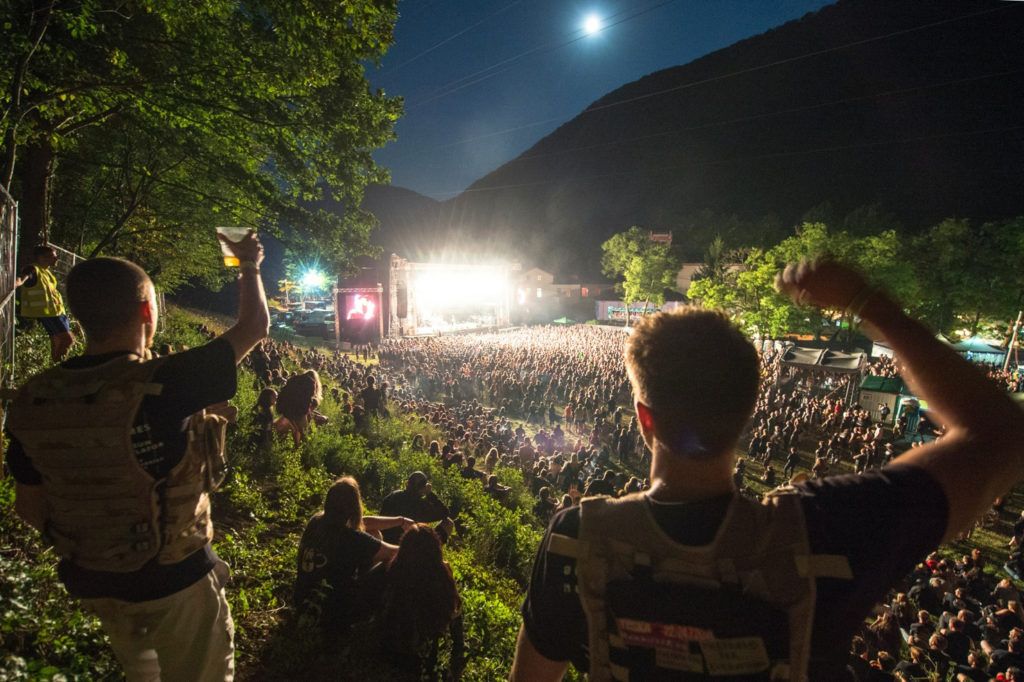
MYTH 5: Soča River has played an important role throughout the history.
CONFIRMED: Due to its emerald-green water, the river is marketed as “The Emerald Beauty.” It is said to be one of the rare rivers in the world that retain such a colour throughout their length (138 km). Its beauty thus inspired many poets including Simon Gregorčič who wrote his best-known poem »Soči« (To the Soča) – one of the masterpieces of Slovene poetry, and Giuseppe Ungaretti, one of the greatest Italian poets who describes the Soča River in the poem “I Fiumi” (The Rivers). On the other hand, one of the bloodiest battlefields of 1st world war, the Battles of the Isonzo, took place in Soča Valley along the river and the surrounding steep mountain slopes. Nowadays visitors can walking the “Walk of Peace”, a 90km-long trail that takes them to some of the major sites of WWI and the natural highlights of the Soča Valley.

MYTH 6: Kobarid is the culinary capital of the Primorska region.
CONFIRMED: People from the region have known about and enjoyed good food for a very long time and Kobarid has some of the best restaurants to prove it. Everyone visiting these parts of Slovenia must try “Kobariški štruklji” (a delicious dessert made from dough stuffed with walnuts, raisins and such like). The dessert is so famous that the culinary festival “Jestival” has been dedicated to this delicious sweet course.
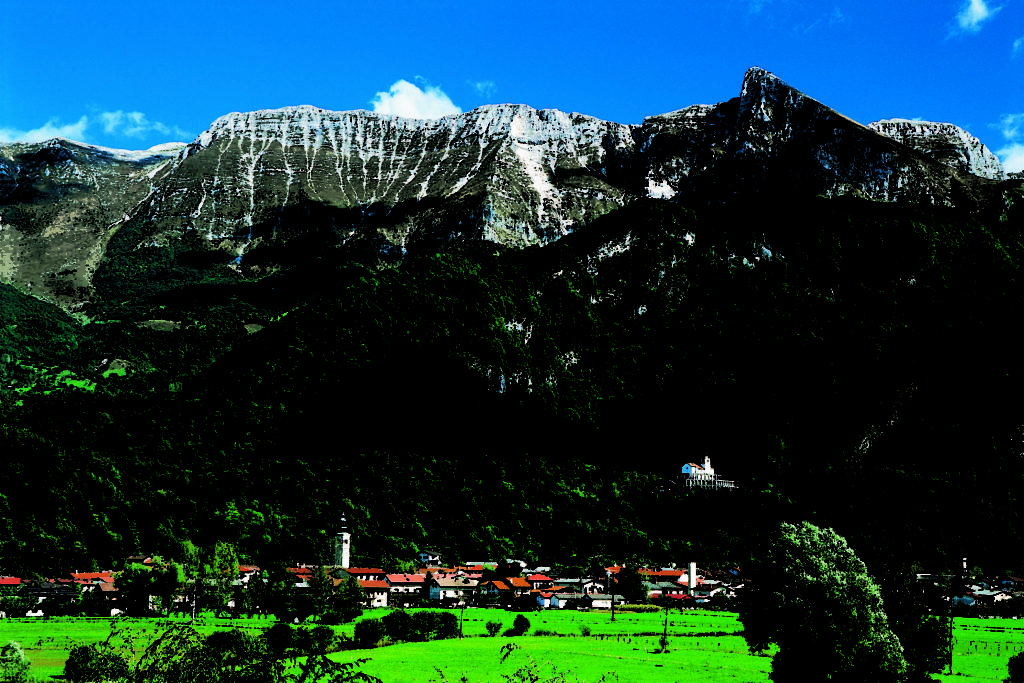
MYTH 7: Soča Valley offers only historical incentives
BUSTED: Although there is a colourful history marking the destination, the unspoiled nature makes Soča Valley the European incentive epicentre that offers a complete infrastructure for adrenaline and active incentive programmes. The destination has been attracting guests interested in active holidays and adrenaline challenges for many years now. It is ideal for water sports and fishing, paragliding, sport-climbing, hiking, cycling, horseback riding, caving and other sporting activities.
MYTH 8: One of Slovenia’s most picturesque waterfalls can be found in the Soča Valley.
CONFIRMED: The Kozjak brook, feeding the Soča River from the east, springs high beneath Mt. Krnčica (2142 m), and runs through many pools making six waterfalls. The Veliki Kozjak, one of the most breathtaking waterfalls in Slovenia, was created in the outlet of the lower Korita of the Kozjak Brook. Approximately 250 meters lower, the water falls again and has carved an underground hall. Its bottom is covered by a vast blue and green pool, and its walls are reminiscent of those in the Karst caves. A 15 meter high white water column offers its visitors the best scenery.
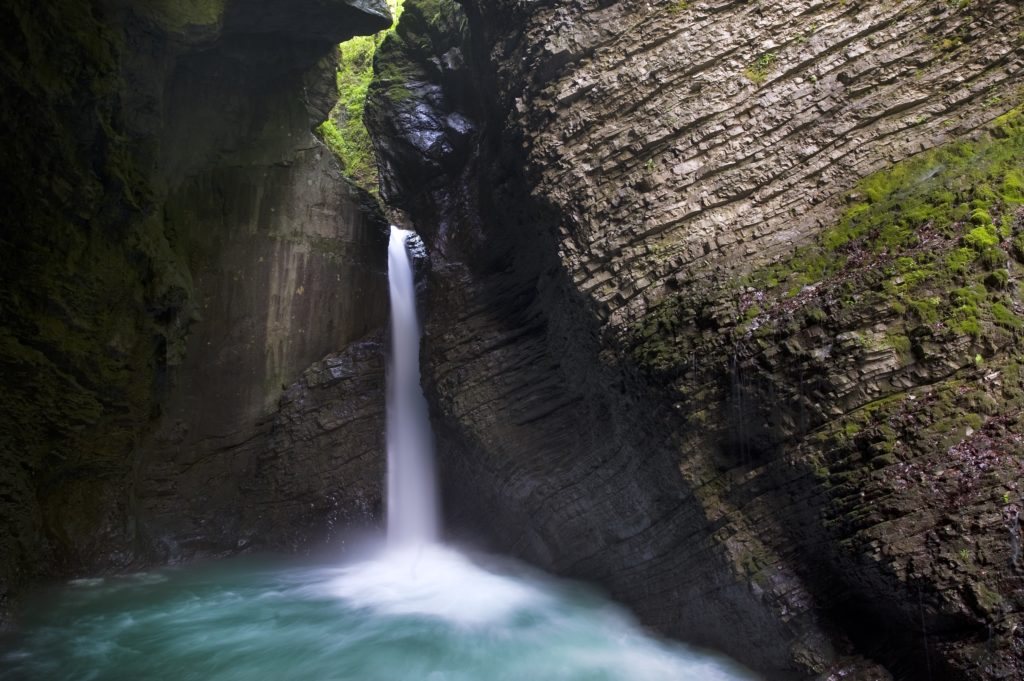
MYTH 9: Soča Valley is not a part of the Triglav National Park.
BUSTED: Soča Valley forms just part of Triglav National Park, one of the oldest European parks and the only national park in Slovenia. First as an idea and then as a nature conservation institution, the Triglav National Park entered the history of the Eastern Julian Alps at the beginning of the 20th century. The park was founded in 1906. Its current size was adopted in 1981 and now covers the area of the Eastern Julian Alps (84,000 hectares). The highest point of the park is the peak of mountain Triglav (2864 m), which is also the highest mountain is Slovenia. The Tolmin gorges are the lowest and southernmost entry point into the Triglav National Park and Tolmin’s most important sight of nature.
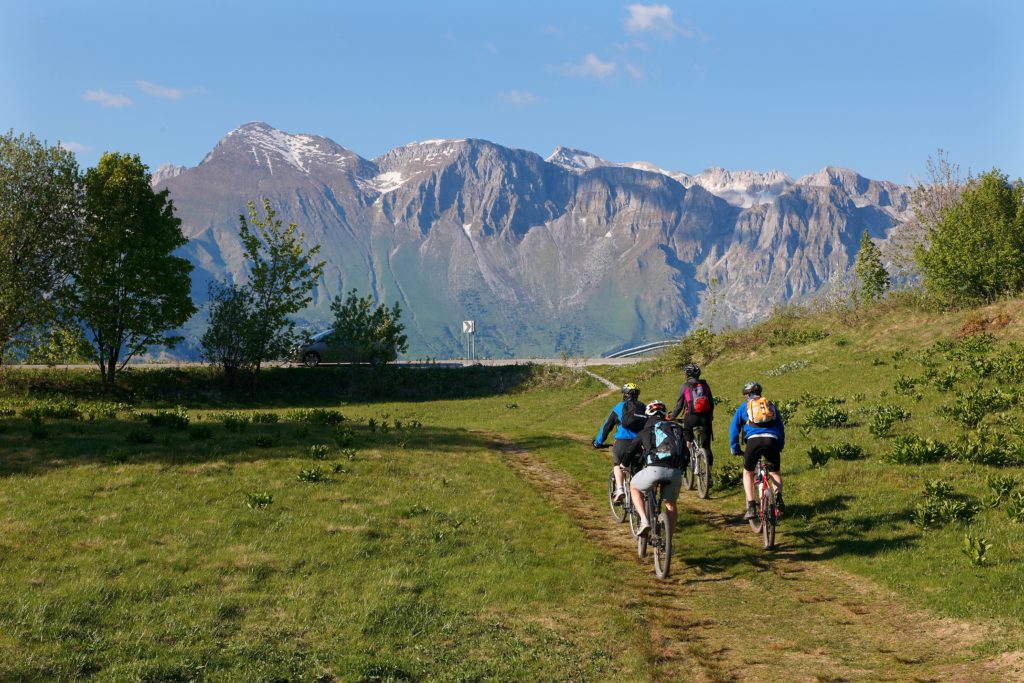
MYTH 10: Thermal springs are very common in the Julian Alps.
BUSTED: Thermal springs are actually very rare in the Julian Alps but you can find one in Tolmin. There is a thermal spring in the short horizontal cave under the Devil’s bridge, with an average temperature of between 18.8 and 20.8 °C (the temperature of the Tolminka River is 5 to 9 °C). If you are visiting the spring don’t forget to look up at the Devil’s Bridge. It is an impressive sight. Also we suggest exploring the cave nearby that was supposedly visited by Dante Alighieri himself in the 14th century and has reportedly inspired his Divine Comedy.

[xyz-ihs snippet=”KONGRES-WINTER-ISSUE-2015″]


